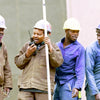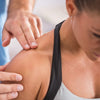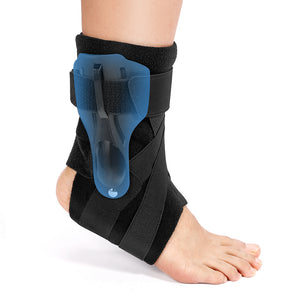Do Kyphosis Back Braces Straighten Your Spine
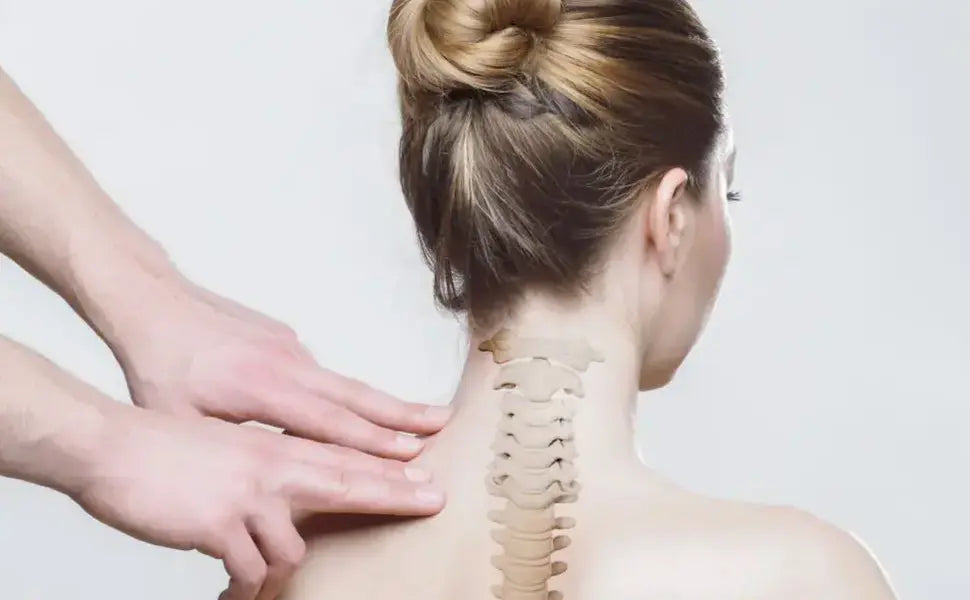
can help improve posture by applying external pressure to reduce excessive spinal curvature, but they cannot fully correct the bone structure. It is recommended to combine brace use with back muscle exercises to gradually strengthen muscular support for more lasting results.
What is Kyphosis
Also referred to as a hunchback, kyphosis is an abnormal condition of the spine in which the upper back has an unusual outward curve, making the vertebrae of the upper back compress, giving a . The spine contains a natural curve in the back; however, if this curve is more than the normal range, the condition is called kyphosis. Common causes include poor posture, osteoporosis, spinal fractures, developmental abnormalities, or congenital conditions. On the other hand, kyphosis may be present among teenagers with sudden growth of bones because of incorrect sitting or study position.
Kyphosis may impact body shape and posture, but in severe forms, it does not only distort appearance but also significantly contributes to impairments in fundamental functions of respiration and digestion. Therefore, the treatment and management of kyphosis is necessary. Many patients try using back braces as their remedy. One wonders whether a back brace would be able to bring about a modification in spinal curvature.
How Braces Work
The principle of a is to apply external force in an attempt to progressively set the curved spine back into its natural position. A brace applies continuous yet gentle pressure on the wearer’s back to try to reduce or suppress excessive curvature. A brace is usually made of soft, yet elastic, material; it supports the spine and shoulders and helps the upper body maintain a relatively straight position. For someone with mild kyphosis, a brace can indeed help improve daily posture.
Worn, this corrective force on the spine is somewhat localized to the shoulder and upper back, which has helped reduce forward shoulder posture for some during the course of the day, as long as the assistive force of the brace helps better approximate the spinal curve to normal. The long-term benefits include some people who experience an improvement in their hunchback and who develop stronger back muscles that make it easier to maintain proper posture.
Braces do not directly "correct" bones; rather, they provide support through the betterment of posture. This effect is more pronounced in mild kyphosis cases. In cases when it is severe or when the patient also has other spinal conditions, a brace can only give additional support, and its specific results depend on the individual's case.
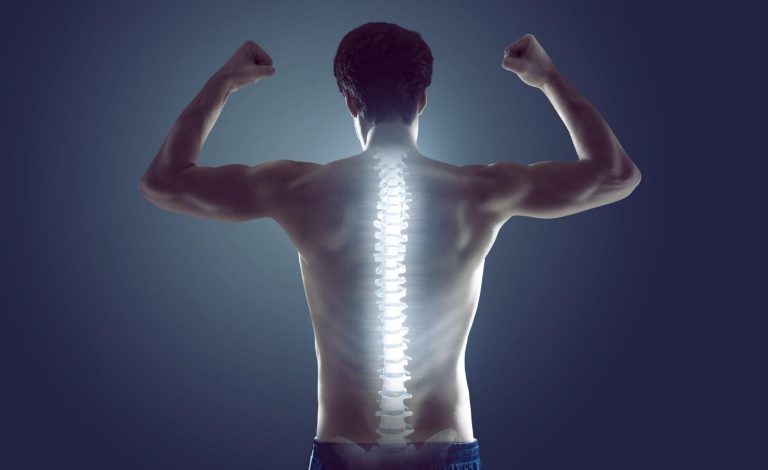
Types of Braces
According to the categories, the braces are mainly divided into three types: lower back, upper back, and full back. Therefore, choosing between the different types of braces may help users in managing kyphosis accordingly, based on the kyphosis condition of the individual.
: Basically, lower back braces have been used to support the waist, fit for patients with lumbar kyphosis or lower back problems. The main function is to relieve pressure in the lower back, maintain stability of the lower lumbar, and relieve back pain brought on by long periods of sitting or standing. Nonetheless, they offer limited effectiveness for correcting the curvature of the upper back and are more suitable for mild to moderate lumbar problems.
: These are among the most common braces applied in the treatment for kyphosis correction, targeting the thoracic spine and shoulders. These will serve best for those suffering from kyphosis because this will have a direct application on the upper body for pulling the shoulders back in place, thus helping the spine return to a more natural posture. These braces are usually designed to apply pressure on the shoulders and upper back, pulling the upper back out to stretch it, which straightens the top of the back. Poor sitting and standing postures that contribute to kyphosis may also be improved by wearing upper back braces over time.
: Full back braces are good for needs relating to full back support, including the upper back, lower back, and waist. These braces are often stronger and designed for patients with more serious kyphosis or other issues of the spine. Full back braces support the back from top to bottom and thus can be used to protect the spine comprehensively. When worn, the entire back is better supported, which assists the spine in maintaining a closer-to-normal curvature. Full back braces are generally worn feeling tighter but with much greater support to the spine.
Can Braces Help
Braces can improve kyphosis to a certain degree, especially for those patients whose kyphosis is related to posture. The use of a brace in daily life offers supplementary support, allowing the user to lower excessive curvature of the back while standing or sitting to aid in restoring a normal pattern of spinal curvature. This is especially good for office workers or students who have to sit at the computer for long periods of time; a brace can be an unconscious, simple way to correct their posture.
However, it is not a cure-all. Braces vary in their effectiveness. A brace can help improve spinal curvature associated with mild kyphosis-or kyphosis that results from poor posture-but if the kyphosis is severe or relates to bone structure problems or other spinal deformities, a brace may provide support but cannot essentially alter the contour of the spine. Braces should not be used beyond the recommended periods, or this may result in muscles becoming dependent upon the brace for support and weaken muscle strength, hence long-term spinal health.
Pros and Cons
Pros: The main benefits of a brace are immediate support and corrective effects. In instances of kyphosis because of poor posture, a brace can allow the user to immediately feel what an upright posture is. It lends confidence to a person. Besides that, braces are easy and convenient to wear without the need for medication or invasive surgery. Braces are a non-invasive, very low-risk treatment. They can also prevent back muscle fatigue and muscle pains caused by poor posture while having supportive correct posture.
Cons: Braces are not a long-lasting solution. With an extended use of a brace, back muscles eventually lose the ability to self-support. Individuals thus become reliant on their braces. Braces only have limited corrective effects since they cannot change the structure of the spine. For adults, whose bones are no longer growing, braces can hardly reduce spinal curving. They may interfere with normal movements, and closer designs are somewhat uncomfortable. If not worn correctly, improper wear can cause further postural problems or strain on the back.
Other Treatments
Other than the usage of braces, there are other treatments that effectively improve kyphosis. These include the following: physical therapy including specific stretches and strengthening of the back and core muscles to help patients maintain good posture. Physical therapists design a training plan in accordance with the condition of each individual to gradually enhance the tone of the back muscles, balance them, and bring the spine closer to its natural curve.
Surgery may be recommended for doctors in cases of severe kyphosis, especially when bone problems are involved. The aim of surgery is to correct the deformity of the spine, decrease abnormal curvature, but it is advisable only in those cases where conservative treatments could not improve severe symptoms.
Daily posture care is very important. Correction of sitting and standing postures and performing exercises for back muscles regularly will reduce the possibility of kyphosis. Exercises like yoga and Pilates enhance flexibility and muscle balance, and their regular practice can also help in corrective support.
Choosing the Right Brace
Understand the specific kyphosis condition and needs before choosing the right brace. Mild kyphosis, or that caused by poor posture over time, requires an upper back brace, because it is very lightweight and intended for daily wear. Whereas for cases needing both lower and upper support of the back, a full back brace might be more appropriate since it provides comprehensive support but can fit more tightly.
When choosing a brace, pay attention to the material and comfort level, especially for braces worn against the skin. A very tight brace might be uncomfortable, whereas a very loose one may not offer any useful support. In children and adolescents, it is recommended that the choice of a brace be done under the guidance of a doctor since the bones are still growing and need to be managed with care
-
Posted in
Brace








